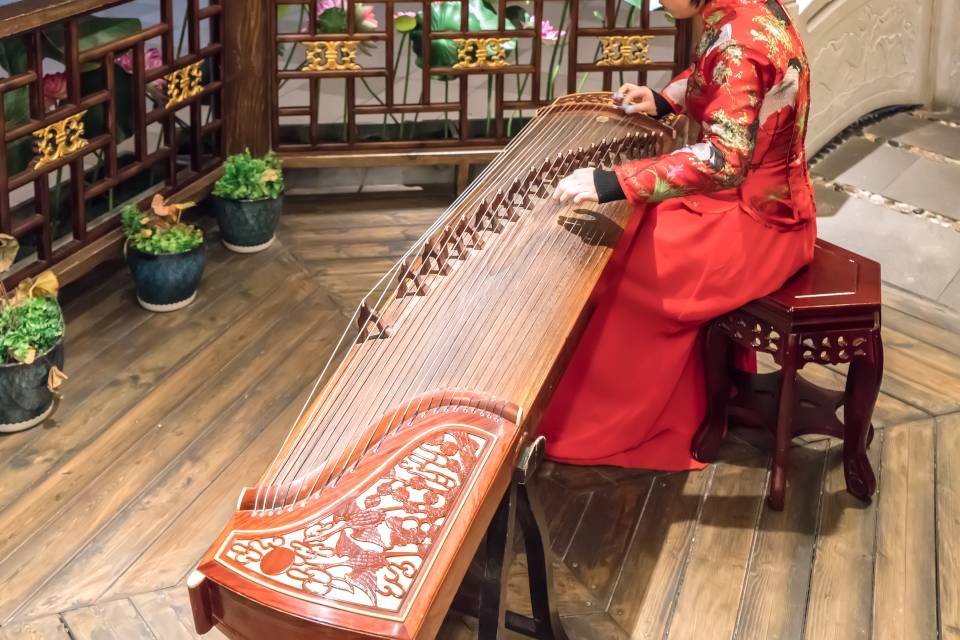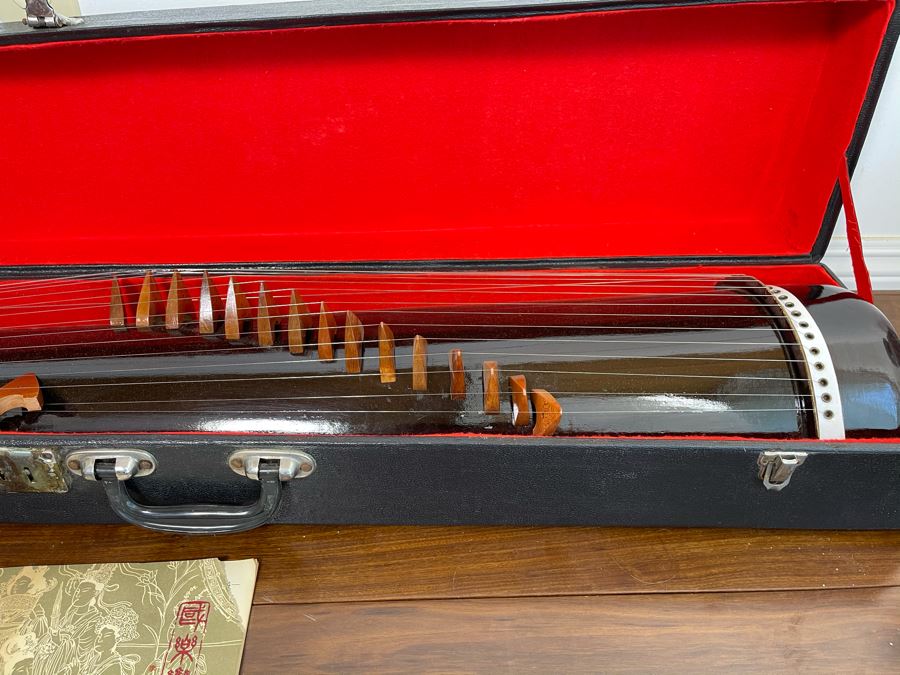
By the eleventh century BC, sets of bells appear, that were probably played together, as a single instrument – an instrument later referred to as “bianzhōng” – but according to Bagley, these sets were made by collecting individual bells: they were not cast as a single instrument. Bagley, it wasn’t until 1200 BC that individual bells were being used to accompany music. The earliest bells, dating from around 1700 BC, were simply signaling devices, and not used for musical purposes at all. If this is the case, then bronze musical bells were cast at a time when east-west contact had already been made. National Gallery of Art defines the Chinese Bronze Age as the "period between about 2000 BC and 771 BC." Yet, as suggested by many scholars, both Western and Chinese, knowledge of bronze metallurgy was probably introduced into China from points farther west, via the Tarim Basin, during the second millennium BC. Instead, it appears that music was played on bone flutes, drums, stone chimes and bronze bells. Before that, there is no evidence that stringed instruments were known in China. Question 2: Was the Mesopotamian music (theory) system transmitted with the angular harp?Īs previously stated, the oldest stringed instrument found in China is a qin, dated to 433 BC.

This, coupled with the fact that there is abundant evidence for contact between the Tarim Basin and the Hexi Corridor – which is the gateway to the heartland of China – as early as the second millennium BC (see, for example: Guanghui Dong, et al., “Prehistoric Trans-continental Cultural Exchange in the Hexi Corridor, Northwest China,” The Holocene, 28 (4) (2018): 621–628) strongly suggests that stringed instruments, in the form of the angular harp which morphed into the qin, were introduced into China from the west, via the Tarim Basin. The earliest stringed instrument found in China (a qin) dates to 433 BC, while the Tarim harps are over half a millennium older. Most likely, the harp inspired the shape of the qin.” Moreover, the playing position is horizontal for both instruments.

This structure is reminiscent of the ancient qin. Half their bodies were slim like necks, the other half looked like a body with sloping shoulders. “ in the Xinjiang region were asymmetrical. Lawergren notes a similarity in the shape of the two instruments: Specifically, Lawergren proposes that the Xinjiang harps “inspired the shape of the qin” and that this “influence played out over a relatively small space and brief time: in Xinjiang during the first half of the first millennium BCE.” Lawergren suggests that the Xinjiang harps had an influence on the design of later Chinese stringed instruments. Question 1: Did the angular harp make its way into the heartland of China? Was the Mesopotamian music (theory) system transmitted with the angular harp?.Did the angular harp make its way into the heartland of China?.But at least two further questions remain: The consensus, therefore, is that the angular harp, which was invented in Mesopotamia, made its way to the Tarim Basin around 1000 BC. he prevalent view of Chinese konghou’s origin is questionable.” ( source)


All those cultural relics have shown clearly that … cultural communication had already begun between Xinjiang and the areas of Altai, Assyria, and the Black Sea…. “in Shanshan graves, bows of Sassanid character, clothes of Shaman traits and skulls of Caucasus race have also been found. For example, a 2005 paper, published by the Shanghai Conservatory of Music, describes that: These harps date from 1000 BC to 200 BC (see photo).Īccording to both Western and Chinese archaeologists, these harps show a direct connection with cultures farther to the West – as far west as Mesopotamia. Since 1996, twenty-three harps (Chinese: “konghou”) that resemble the angular harp that was invented in Mesopotamia circa 2000 BC have been found in the graves of the Tarim mummies, in Xinjiang Uyghur Autonomous Region, an area of modern-day, western China. For a more detailed discussion, see the paper " A Proposed Mesopotamian Origin for the Ancient Musical and Musico-Cosmological Systems of the West and China", Sino-Platonic Papers, 320 (December, 2021) written by myself, Sara de Rose. This post discusses a possible connection between the Mesopotamian tonal system, documented on cuneiform tablets that span over 1000 years (from 1800 BC to 500 BC), and the musical system of ancient China.


 0 kommentar(er)
0 kommentar(er)
